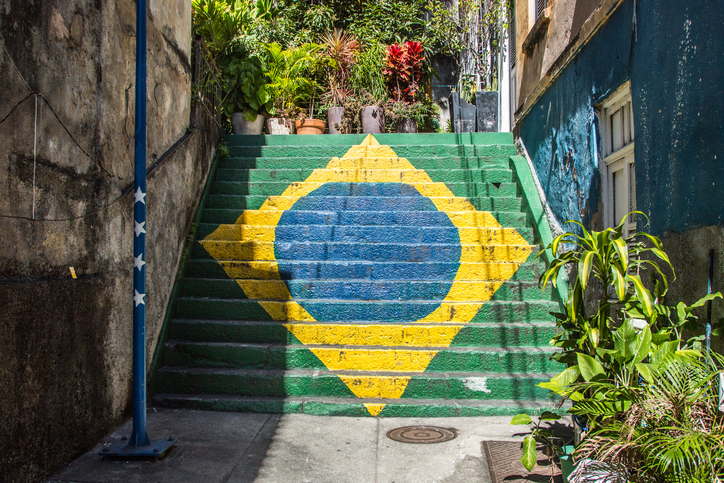
The Center for Portuguese Studies and Culture at UMass Dartmouth is in the planning stages for a new Museum of the Portuguese-Speaking World to be constructed at the campus, which the center’s director Dr. Paula Noversa hopes will become “the heart of this community.”
“What I’m envisioning is a new building at UMass Dartmouth, and that building would be the Center for Portuguese Studies and Culture,” Dr. Noversa told O Jornal. “Within that building, there would be, among other things, the museum. In my mind, the museum would be two floors: one devoted to the Portuguese diaspora and the other devoted to the community of Portuguese-speaking countries.”
Meanwhile, the Museum of the Portuguese Language in São Paulo’s Estação da Luz is reopening its doors to the public once again six years after it went up in flames. The museum began operating in 2006 but burned down on Dec. 21, 2015, in a blaze that claimed the life of a firefighter who died of smoke inhalation.
Back-up security copies enabled the museum’s almost entirely digital collection to be recovered, although the original structure designed by Brazilian architect Paulo Mendes da Rocha (1928–2021)—winner of the prestigious Pritzker Architecture Prize in 2006—and his son Pedro was lost.
But now, following a severe economic crisis and a pandemic that is blamed for nearly 550,000 deaths in that South American country, the Museum of the Portuguese Language will finally be re-inaugurated on July 31 and offer several new experiences to visitors. That new start comes after an “intense reconstruction process” that took years and enlisted the contributions of artists, intellectuals, and musicians, the museum’s technical director, Marília Bonas, said. All told, 86 million reais ($16.5 million) were spent on the rebuild.
The museum is starting a new phase with the same overarching objective as before: to celebrate the diverse forms of the Portuguese language spoken around the world. Those different dialects are the result of indigenous and African cultural influences, as well as the incorporation of linguistic elements from a variety of other languages, including Japanese, Spanish, and Italian.
The museum traces the history of the Portuguese language from its Latin origins to its multiple present-day varieties, ranging from the types of Portuguese spoken in rural areas to those found in the favelas (shanty-towns) of Brazil’s largest cities.
“The idea is to propose a space for dialogue, reflection, and discovery of all that potential of the Portuguese language. Ultimately, it’s about answering the question, ‘what does this language want and what can it do?,’ paraphrasing Caetano Veloso,” Grinspum said in reference to that famed Brazilian composer and singer’s song “Lingua.”
Although there are 260 million Portuguese speakers spread across nine countries, few spaces around the world are specifically devoted to the Romance language.







